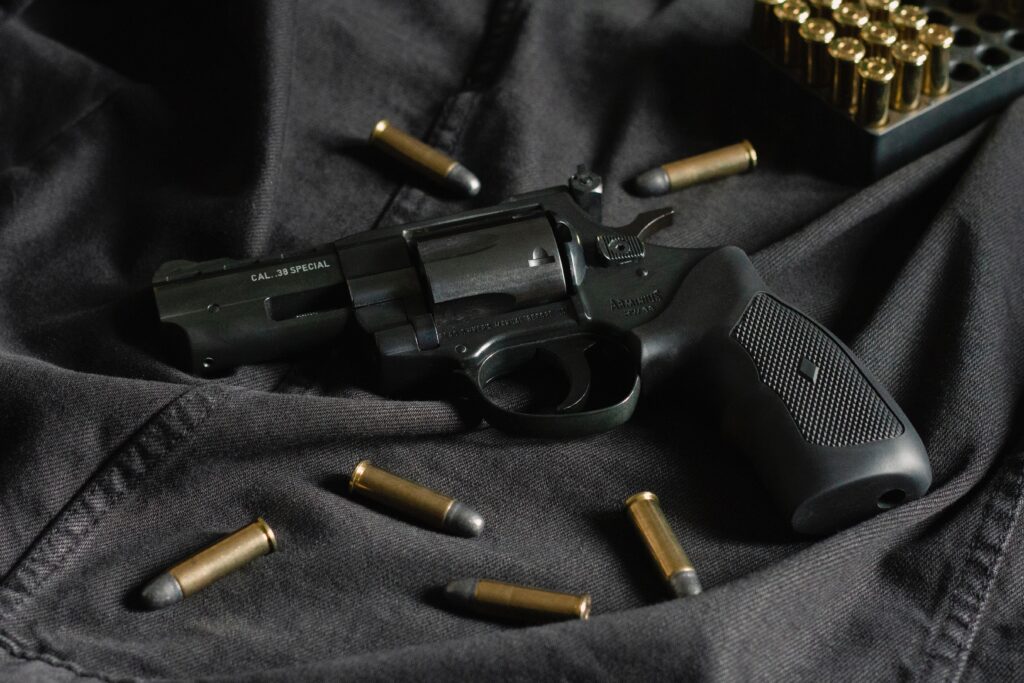A young person in rural America who drinks heavily is 43% more likely to carrying a handgun in the following year, according to a study conducted in seven states over 15 years and published in The Journal of Rural Health.
Ellyson told Kentucky Healh News that no Southern states were included in the study because the Southern communities that participated in the survey consortium that helped develop the CYDS “chose not to continue as part of the community-randomized trial portion where we obtained our data for this study.”
The association between heavy drinking and gun-carrying also was evident (38% greater) among young adults ages 19 to 26, perhaps not surprising, due to minimum legal ages for drinking. The study did not break out differences between male and female respondents or address their likelihood of firing the handgun.
“Understanding youth behaviors associated with carrying a firearm has significant safety implications. In 2020, suicide and homicide were among the leading causes of death among U.S. individuals ages 12-26 years. About 91% of homicides and 52% of suicides among this age group involved a firearm.”
For adolescents, Ellyson says, the message is simple: Don’t drink alcohol or carry a handgun. But she said young adults, will need a more nuanced message: “Both alcohol use and handgun-carrying become legal in young adulthood. We want to use a harm-reduction approach for young adults who engage in both behaviors (drinking and handgun carrying) so they are done in a safe way,” she said.
Communities That Care is a program for preventing these behaviors and their consequences in rural areas. It has no communities in Southern states, “but they would be very willing for that to change,” Ellyson told Kentucky Health News.
The university says, “An earlier study by Ellyson and colleagues found six distinct patterns of when and how often individuals in a rural area carry a handgun. In these communities, young people carry handguns at more than twice the rate of their counterparts in urban settings. Because alcohol use is also more common among rural youth, prevention programs focusing on them are important.”
